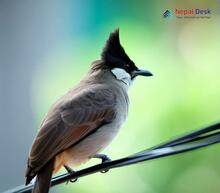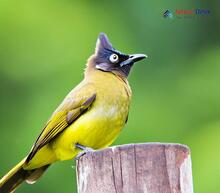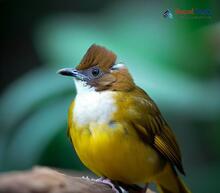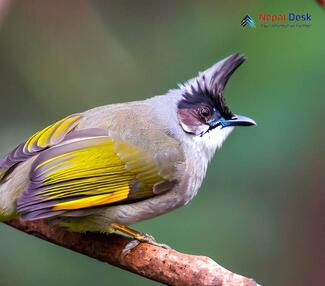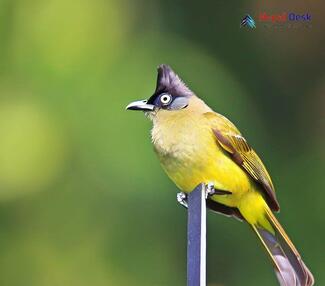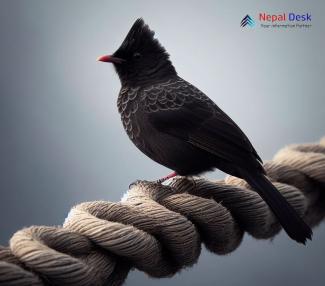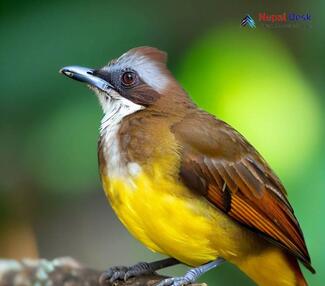Nestled in the picturesque landscapes of Nepal lies a hidden treasure of avian beauty - the Pycnonotinae subfamily. Also known as bulbuls, these charming birds are often underrated when it comes to birdwatching, overshadowed by their more colorful counterparts. However, these little creatures have a lot to offer to anyone interested in delving into the rich biodiversity of Nepal.
A Melody of Songbirds: Getting to Know the Pycnonotinae
The Pycnonotinae subfamily consists of over 140 species divided into 24 genera. These perching birds are predominantly found in subtropical and tropical regions, including Africa and Asia. Their size ranges from small to medium, and they possess distinctive features such as oval-shaped bodies, strong legs, and a specific bristle-like structure on their beaks.
One striking aspect of bulbuls is their vocal abilities. Known for their melodious songs, members of this subfamily often use their tunes for communication and to establish territories. Each species has its unique song pattern, making it an auditory treat for bird enthusiasts.
The Allure of Nepal: A Birdwatcher's Paradise
Nepal's diverse ecosystems provide an ideal environment for a wide variety of bird species, including the Pycnonotinae subfamily. From lush forests to wetlands, and even high-altitude montane regions, there are countless opportunities for spotting these feathered friends in their natural habitats.
Some must-visit locations for birdwatching in Nepal include Chitwan National Park, Shivapuri Nagarjun National Park, Koshi Tappu Wildlife Reserve, and Bardia National Park. Each of these areas boasts unique ecosystems suitable for spotting different species of bulbuls and other fascinating birds.
Bulbuls in Focus: Species to Look Out for in Nepal
There are several species of bulbuls native to Nepal, each with its unique characteristics:
Red-vented Bulbul (Pycnonotus cafer)
Easily identifiable by their contrasting black and white plumage with prominent red patches below their tail, these birds are commonly found in gardens, open woodlands, and scrub areas.
White-cheeked Bulbul (Pycnonotus leucogenys)
Sporting white cheeks and a contrasting black crest, these birds typically inhabit forested valleys or oak-rhododendron forests, where their joyful singing enthralls birdwatchers.
Himalayan Bulbul (Pycnonotus leucocephalus)
Recognizable by their white heads and black crests, these medium-sized bulbuls prefer montane forests at altitudes between 1,500 to 4,000 meters.
Black Bulbul (Hypsipetes leucocephalus)
True to their name, these birds have predominantly black plumage with contrasting white tips. They're usually found in mixed deciduous forests and subtropical mountain forests.
Embracing the Pycnonotinae Experience in Nepal
Venturing into Nepal's vibrant birdwatching scene provides a unique opportunity to explore the enchanting world of the Pycnonotinae subfamily. Whether you're an experienced birdwatcher or new to avian appreciation, this is the perfect chance to immerse yourself in an unforgettable journey through Nepal's natural wonders. Enjoy the melodic tunes of bulbuls, admire their distinct features, and create cherished memories that will last a lifetime.

